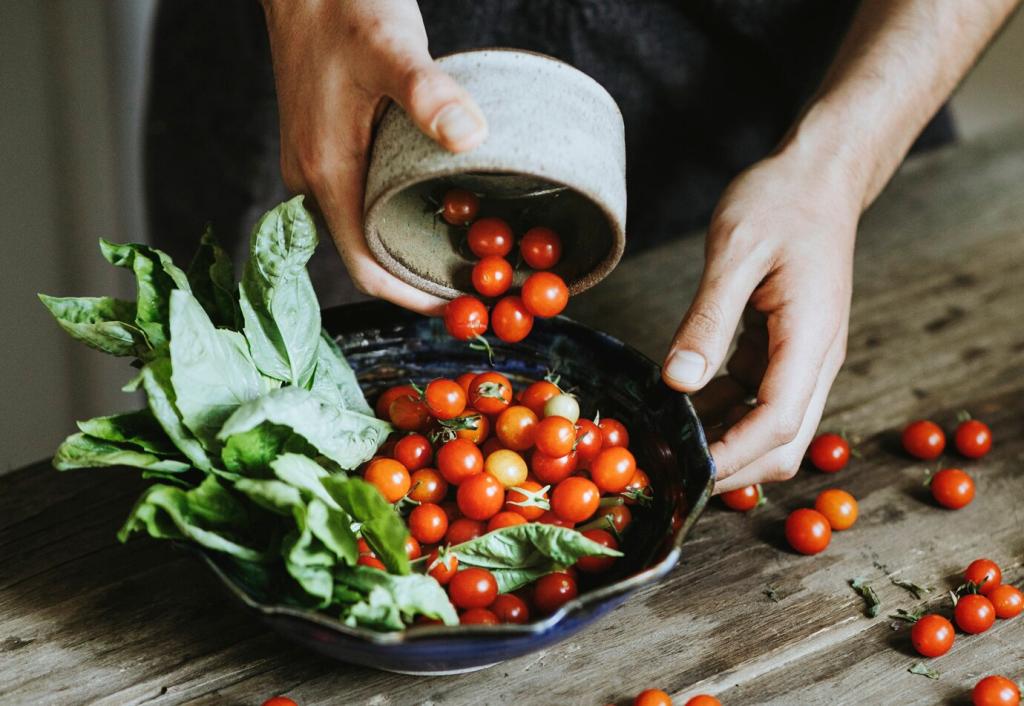Thermometers and Tools You Can Trust
Insert from the side toward the center for the most accurate reading. Avoid touching bone or fat pockets, which mislead. Calibrate occasionally using ice water or boiling water tests and keep the thermometer within reach every time you sear.
Thermometers and Tools You Can Trust
Take readings at the thickest point, then verify in a second spot. With very thin steaks, angle the probe laterally to hit the center. When nearing your target, check more often and pull the steak 3–5°F under to account for carryover heat.
Thermometers and Tools You Can Trust
Use the finger test and time estimates as backups, never as gospel. Watch for gentle springiness for medium-rare and firmer resistance for medium. Still, a thermometer removes guesswork—add one to your toolkit to lock in your preferred doneness reliably.








